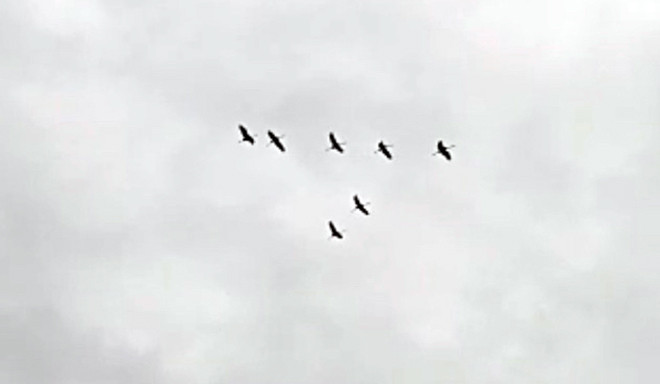
In a remarkable turn of events, seven Sarus cranes - known as the tallest flying birds - were spotted at Tram Chim National Park in Dong Thap province this December. These iconic birds, listed as a vulnerable species, symbolize peace, prosperity, and sustainable development.
On December 26, leaders at the Center for Conservation and International Cooperation at Tram Chim National Park (Tam Nong district) confirmed the sighting of seven Sarus cranes at 11 a.m. The birds’ return during December is seen as a promising indicator of the park's recovering ecosystem.
Standing as tall as 1.8 meters with their distinctive red crowns, Sarus cranes are a majestic species. Their return after years of scarcity highlights improvements in local environmental conditions.
The cranes circled the area, emitting loud calls, before departing. Experts believe this "scouting" behavior suggests the cranes might establish a temporary home in Tram Chim in the near future.
Migratory patterns and ecosystem recovery

Sarus Cranes once returned to Tram Chim National Park. Photo: Nguyen Van Hung.
According to experts, late December marks the beginning of the Sarus cranes' migration from northern Cambodia, where they breed, to the Mekong Delta. Historically, they would arrive at Tram Chim around this time. However, in recent years, their migration patterns shifted, with some years seeing no crane activity at all.
Efforts to restore the park's ecosystem have included revitalizing wetlands, particularly zones A5, A4, and A1. These areas now support abundant Eleocharis (a plant Sarus cranes feed on), as well as ample fish, shrimp, and insects—essential food sources that are crucial for attracting and sustaining the cranes.
The return of these magnificent birds signals progress in ecological restoration and raises hopes for the future of biodiversity at Tram Chim National Park.
Hoai Thanh